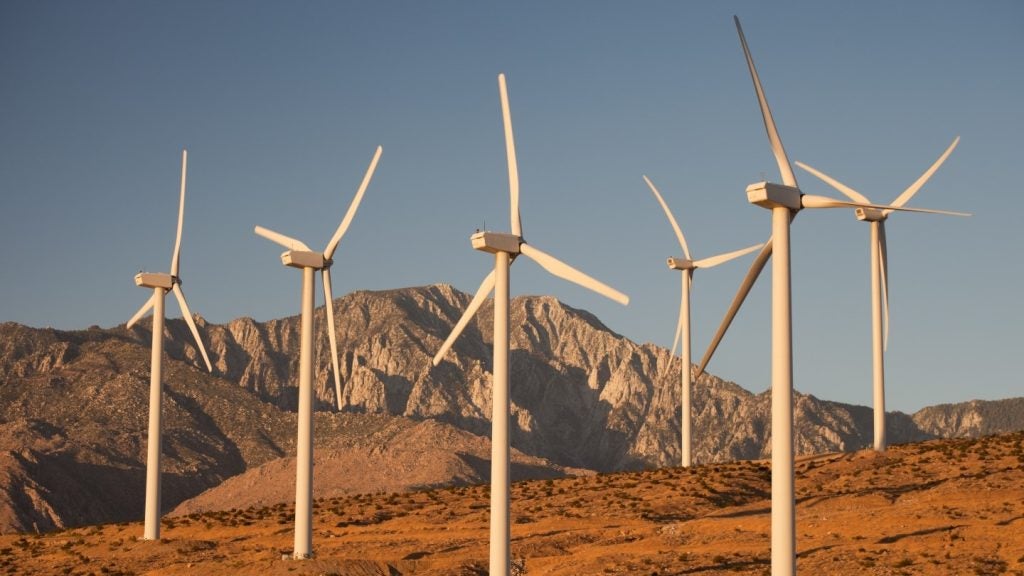Guangzhou Nansha Thermal Power Plant is a 360MW gas fired power project. It is located in Guangdong, China. According to GlobalData, who tracks and profiles over 170,000 power plants worldwide, the project is currently active. It has been developed in multiple phases. Post completion of construction, the project got commissioned in 2007. Buy the profile here.
Description
The project was developed by Guangzhou China Resources Thermal Power and is currently owned by China Resources Power Holdings.
It is a CCGT with Cogen power plant.
Development status
The project got commissioned in 2007.
Power purchase agreement
The power generated from the project is sold to China Southern Power Grid under a power purchase agreement.
See Also:
Contractors involved
Hubei Second Electric Power Construction Engineering was selected to render engineering procurement construction services for the gas fired power project.
The Gas fired project have been supplied by GE Power and Nanjing Turbine & Electric Machinery (Group).
The electric generators for the project were procured from GE Power and Nanjing Turbine & Electric Machinery (Group).
GE Power supplied steam boiler for the project.
GE Power supplied steam boiler for the project.
For more details on Guangzhou Nansha Thermal Power Plant, buy the profile here.
About Guangzhou China Resources Thermal Power
Guangzhou China Resources Thermal Power Co., Ltd. is engaged in the investment and construction of thermal power plants including two 180 mega watt gas-fired heat and power co-generation units and two 300 mega watt coal-fired heat and power co-generation units and the supporting facilities, and the generation and sale of electricity, heat, and other related products as produced by its own plants.
Premium Insights
From

The gold standard of business intelligence.
Blending expert knowledge with cutting-edge technology, GlobalData’s unrivalled proprietary data will enable you to decode what’s happening in your market. You can make better informed decisions and gain a future-proof advantage over your competitors.






